
How Ethiopia's New Railway Could Launch an Inclusive Urban Boom
"It was a very beautiful city,” sighs Nigussie Lemma, a 79-year-old engineer who once plied his trade in the nearby factories along the historic railway. "I feel very sad these days when I compare the reality then with how it is today. I feel a lump in my throat.”
But step away from the old quarter and this sepia-tinted past is soon shoved aside by the present. Dire Dawa is today a city on the make. A new $3.4 billion, 466-mile rail line connecting the Ethiopian capital, Addis Ababa, to neighboring Djibouti, now glides past an industrial park encamped on the surrounding plains. Seven miles west of the old train station, a new one rises from the desert while a noisy construction boom kindles the city’s once sleepy fringes. A plot of land here costs twice what it did just a couple of years back. Deputy Mayor Abdella Ahmed expects the city’s population to more than double, reaching one million, within the next decade.
The revival of Dire Dawa is part of a bigger story, one that can be found all along the railway to Addis Ababa and even further afield, as countries across Africa resuscitate old colonial train routes in the hope of spurring industrialization, urbanization and economic growth. "Cities are where productivity happens,” says Paul Collier, a development economist. "But to work, the cities themselves need to be connected to something larger. Ethiopia is a country where the government really grasps the importance of physical connectivity.”
The new railway is a key component of a hugely ambitious effort to catapult the country of nearly 100 million people to middle-income status by 2025 by linking the landlocked capital to the sea, as well as dramatically lowering transport costs for imports and exports. But as explains Dr. Getachew Betru, former CEO of the state-owned Ethiopia Railways Corporation, the vision is as much about urban development as freight logistics and transport times.
"It’s all about industrialization and urbanization,” he says. "If you look at Britain or America in the 19th century, what was the game-changer? The most important game-changer was the railway.”
If this is correct — and evidence from Europe and America, and more recently China, Japan and South Korea, suggests it may be — then the corridor from Addis Ababa to Djibouti is set for an enormous upheaval. The railway could transform the overwhelmingly agrarian landscape of camel and cattle into one of cities, suburbs and smokestacks. Railway towns like Dire Dawa and Adama — the regional capital for the country’s largest ethnic group, the Oromo, and only a short drive from Addis Ababa — will be the primary beneficiaries, or perhaps casualties, of this shift. How they and others like them respond to the coming urban boom will shape the country’s trajectory for decades to come.
At the heart of the story will be, as is so often the case in Ethiopia, land.
A journey on the new railway from Addis Ababa to Dire Dawa is a reminder that for all the talk of Ethiopia’s urban transition, the country still has an enormously long way to go. Shortly after the train pulls around the eucalyptus-covered hills that envelop the capital, it descends into farmland. The golden acres go on and on, almost without interruption, until the burgeoning industrial towns of Dukem, Bishoftu and then, on a shimmering plateau, Adama. After Adama, the countryside returns swiftly — emerald-green sugar fields on both sides of the track — as the carriage plunges to the floor of the Great Rift Valley. Then, it continues on through the endless expanse of dusty, arid scrubland that unfolds until Dire Dawa, nearly 250 miles later.
Ethiopia may be one of the last big countries on earth to urbanize. China, on the eve of its liberalizing economic reforms in 1979, was at roughly the same point that Ethiopia is now — around 80 percent rural. China took off over the following decades, with over half its population now residing in bulging megacities and towns. Ethiopia, on the other hand, stagnated under communism and civil war for another decade. The current government, which came to power in 1991, brought stability and some important reforms. However, for most of its first 15 years, it neglected urban areas, choosing to prioritize agricultural productivity and rural incomes in order to curb the incentives that compel migration to cities in the first place.
Since the mid-2000s, the focus has gradually shifted. This is, in part, simply a nod to reality: Ethiopia’s urban population has doubled over the past 35 years and is projected to reach around 30 percent by 2030, according to African Centre for Cities. But it also reflects an intellectual recalibration. The country seeks to follow in the footsteps of South Korea, Taiwan and China, the latter of whose development model — and political authoritarianism — the Ethiopian government has long admired. Ethiopia’s hope is that the large-scale conversion of rural land to urban land, the state-led delivery of mass housing, and the construction of industrial parks and high-speed rail will do for Ethiopia what it did for China: catalyze the country’s belated structural transformation.
Added to this ambition is the sharpening imperative to spread urbanization more evenly across the country. The federal constitution mandates the government to pursue balanced and equitable growth across all the nine regions, but the capital, with a population of over three million, is currently 10 times larger than the second largest city, Dire Dawa. The former is also bursting at the seams. As the city’s footprint has grown, wider tensions with the surrounding region of Oromia have escalated, sparking mass protests, hundreds of deaths and a 10-month state of the emergency that the government only hesitantly lifted in August 2017.
The country’s secondary cities are positioned to emerge as rival centers of productivity and growth. Adama and Dire Dawa are now expanding faster than Addis Ababa and have more space to do so. They have been selected as two of 12 major cities prioritized in federal government plans to promote what, in technocratic verbiage, it calls "clusters” of urban economic hubs along strategic transportation corridors, or "growth poles.”
The cities both have two new industrial parks, either completed or under construction. Dire Dawa — at the crossroads that lead to the port in Djibouti to the north and in Somaliland to the south — has been earmarked as a special economic zone with a free-trade area, a dry port and a new asphalt road connecting it to Djibouti. Addis Ababa, like many large cities across Africa, is dominated by services and construction. But, in the secondary cities lies an opportunity for something rarely seen on the continent: urbanization with industrialization.
They also lack the baggage of the early unplanned growth that marks the capital. "It’s very hard to retrofit a structure onto a mess,” notes Collier. Addis Ababa, founded in the late 19th century by Emperor Menelik II and his wife, Empress Taytu Betul, still has almost no proper sewage system. Nearly 80 percent of the inner city is defined by UN-Habitat as slum, and is a labyrinth of slapdash cottages lacking basic infrastructure like electricity, water or lighting. The government’s response has been to embark upon a highly controversial demolition program, which critics say causes displacement in the city’s poorer neighborhoods. Yet in towns like Dire Dawa and Adama, an alternative future is still tantalizingly possible.
THE NEED FOR LAND
Ethiopia’s Byzantine system of land governance has shaped its urbanization profoundly over the past four decades. After the last emperor, Haile Selassie, was overthrown in a military coup in 1974, all land was nationalized and private ownership abolished under the banner of "land to the tiller,” a popular slogan of students and workers at the time.
Under this communist regime, known as "the Derg,” land use was managed through a system of permits through which people and organizations could use particular plots for indefinite periods in exchange for rent. However, they bore no relation to the market value of the underlying land and raised little revenue, leaving authorities bereft of the funds needed to build city infrastructure, provide basic services and maintain the rental properties they leased en masse. Cities, especially Dire Dawa, which also suffered from the decline of the railway in these years, crumbled as their populations swelled due to the arrival of immiserated peasants and wartime refugees.
The incoming regime in 1991, the Ethiopian People’s Revolutionary Democratic Front (EPRDF), shared the Marxist-Leninist leanings of its predecessor but, coming to power at the end of the Cold War, saw the imperative of reintegrating Ethiopia into the structures of international capitalism. It found itself with a land system that neither yielded much revenue nor encouraged the investment — foreign or domestic — that it was determined to promote. After much ideological soul-searching, it landed on what amounted to a middle way: a Chinese-style model that maintained state ownership of land while, in theory, unlocking its value by introducing a market for long-term leases.
This model, unusual in Africa but common in Asia, has won plaudits. State ownership has helped the government capture some of the appreciation of land value that comes from urbanization. In theory, at least, 90 percent of what is raised through the process is to be spent on vital infrastructure. By 2006, land leasing had become the single largest source of municipal revenue in Ethiopia, representing between 77 and 145 percent of total capital spending by city administrations. "It’s the obvious way of financing the infrastructure,” says Collier. "In the rest of Africa the appreciation in land value has been captured by individuals and politicians rather than by society, so I’m very hopeful in what Ethiopia is doing here.”
But this process has been fraught with challenges, especially for the cities outside of Addis Ababa. Part of the problem is technical: Understaffed local administrations with limited professional capacity are tasked with managing one of the most complex land-leasing systems in the world. Since 2011, commercial land is supposed to be released to the market entirely through competitive auction, but this process is slow and cumbersome. "The problem lies in its ability to respond quickly to urban expansion at scale,” says Richard Martin, an urban planner and consultant. "At the moment the system for managing land is all manual and is really not working very well.”
Land must be developed before it can be put to tender, which means surveying, demarcating and clearing, then installing roads, water and the like — all of this costs more money than cities can easily raise. A string of city proclamations in the early 2000s devolved substantial powers to the local level, but land administration remains a key point of contention between mayors and regional presidents, which creates more bottlenecks. Chala Bekele, Ambo’s deputy mayor, describes an unwieldy process involving sending land requests up to the president’s office, followed by personal visits and then long periods of deliberation. "There’s so many ups and downs,” he says wearily.
Rapid urbanization in China was largely paid for by government land revenues; the system in Ethiopia falls well short of this. Despite soaring demand, city governments still use auctions for only a small fraction of the total land allocated. One study found that in 2013, auctions accounted for only two to six percent of land allocations in the cities studied — the rest being delivered through private negotiation. Municipalities lose out on substantial sums by leasing land at well below market rates in this way.
But visit the fringes of Adama and Dire Dawa, and it becomes clear that the problem is more than just technical — it’s deeply political. Viewed from the vantage point of those whose land is at the frontline of city expansion programs, the leasing system is trapped in a crisis of legitimacy. Just as the expansion of Addis Ababa ran into the resistance of farmers on the city’s periphery, both Adama and Dire Dawa face bubbling discontent as the authorities attempt to lease ever more land to investors and clear space for industrial parks, factories and roads. Adama’s 2010 footprint is projected to have swollen nearly fivefold by 2040, according to the New York University Stern Urbanization Project. "At this time we just don’t have enough land,” says Chala, the deputy mayor. "There’s a mismatch between supply and demand.”
A 2011 land proclamation bolstered the compulsory purchase powers of local administrations, putting the city on a collision course with farmers and squatters in the peri-urban hinterland that surrounds the railway and the station. Protests against evictions have become increasingly commonplace. Two months ago, more than 100 "outspoken” youths were arrested in advance of a demonstration against the demolition of illegal settlements near the rail track, says 20-year-old Jonatan Gabele, an enterprising newcomer from the south who farms, sells soap, raises chickens and studies engineering from his undocumented compound nearby. "It was like a war,” he says of the ensuing confrontation with police. "They used teargas.”
He and his friends have little faith in the system. "It’s become a source of income for them,” he says, explaining that some police and local officials extract bribes from households desperate to prevent demolitions. "It’s like hide and seek. People will build houses, then some informants will go and tell the authorities, they will come and demolish them, and then the people will build all over again.”
Oroloffa Telila, a stocky 25 year old in denim jeans and jacket, agrees, pointing to scars on his cheek, stomach and hand — he was shot while protesting the demolition of a building on his family farm. "They came to demolish the undocumented houses that we built,” he says. "We had built one more for ourselves on our own land. They just said it was illegal, but it’s corruption. The police are looking for money.”
Such conflict further shrinks the supply of formal land for housing, which in turns fuels the growth of informal settlements in a seemingly never-ending cycle. "The majority of residents have no choice but to settle on the periphery,” says Eshetayehu Kinfu of Hawassa University in southern Ethiopia. "So the cities are growing alarmingly, and not in a planned manner.”
In Dire Dawa, Muktar Hamud, an official in the local administration, says that the majority of buildings in the new neighborhoods along the road to the train station are illegal, as farmers anticipating expropriation have divvied up their plots and sold chunks to city-dwellers. It’s cheaper for the new residents than a formal lease, but it comes with a hefty risk premium. A home can be demolished with only seven days warning, Muktar says, pointing to a large house near the road that has been bulldozed almost in half.
CAPTURING LAND VALUE FOR THE PEOPLE
Cities across the developing world are sprawling as land consumption outstrips the pace of population growth. Ethiopia’s peculiar fiscal architecture adds special incentives to the mix, though, because it’s one of the few countries in the world where a city’s own revenues are the primary source of finance for urban infrastructure. The formula determining the size of block grants from the federal government assigns only four percent to urban investment needs.
Cities are expected to the fund the majority of their own services, though most have come to rely heavily on a World Bank-funded program that doles out financing to city administrations that demonstrate competence. No wonder, since the most recent data shows that only three percent of all revenues collected in Ethiopia is municipal. "City revenues are a problem,” confirms Chala. "The awareness of the people is very low — they won’t come and pay their taxes on time.”
So leasing land has grown in importance, especially in railway towns where the arrival of new infrastructure has triggered rapid real estate development and pockets of very high-value land. This may work alright for the time being, but it leaves city coffers worryingly vulnerable to market volatility in the future. It also fails to capture any increments in value over time, since the revenue comes in the form of a one-off payment. According to the World Bank, Ethiopian cities are heading into a future where they will hold leases that do not generate revenues for 30 to 40 years.
This then drives a cycle of acquisition, as penurious municipalities seek ever more land to lease for a profit. "It’s pushing cities into the peripheries,” argues Tom Goodfellow, an urban governance specialist at Sheffield University. "You get this one-off lump sum but that’s it. So you need more land — more surface area — just to keep the revenue coming in. This requires guzzling up more and more rural land and turning it into urban land, which may be politically unsustainable.”
Yet there’s one measure that might provide just the right solution. Goodfellow points to the examples of Hong Kong and Singapore — which some call "property states” — where land value was captured through auctioning land leases, but also through various forms of property-related taxes, including annual taxes on real property and taxes on capital gains.
For Adama and Dire Dawa, "land-value capture” of this kind might be the answer. A property tax can be administered locally — ideal for cities in desperate need of predictable and recurrent income. It’s socially progressive, and it nudges investors away from the kind of speculative froth that many reckon already marks the skyline of Addis Ababa. And, unlike leasing, effective taxation can strengthen the bond between governments and citizens — a possible salve for the suspicion and mistrust so evident in Ethiopia today.
The Ethiopian authorities have begun taking steps in precisely this direction. A major four-year study and pilot project supported by the Gates Foundation was recently completed in Dire Dawa, as well as the regional capitals of Mekele and Bahir Dar. In February, experts from Britain will meet with Ethiopian officials to discuss reform.
It won’t be smooth sailing; property taxes are administratively heavy. The last time Addis Ababa carried out a property census was in 1996, and secondary cities are even more out of date. Because leases are so much more expensive, most urban residents have resisted converting their old permits and still operate outside of a formal property register. Even for houses on the register, severe undervaluation is the norm.
But it’s not impossible. Valuations, for example, needn’t be 100 percent accurate. Also, cities like Dire Dawa and Adama should find the system easier to implement than the capital, where political resistance is likely to be fierce. In Adama, "roof taxes” — a primitive and ineffective levy on buildings dating back to the Derg era — are already substantially higher than they are in Addis Ababa.
The lease system itself is also ripe for reform. A revised law is reportedly being drawn up by the Ministry of Urban Development and Housing. Chala, the deputy mayor, expects the laborious process of securing land to be streamlined, with power over allocation returned to the city level. A sharp hike in the compensation paid to expropriated farmers is also in the cards, which, as well as securing greater goodwill from residents, should encourage more efficient land use inside city perimeters, since the entire cost of compensation is borne by cities themselves.
The process could be improved further if farmers were also given a share of the increased value of the land. This would come in the form of a new plot in the same area, which they could then use for commercial purposes, like building a house to rent. "Then they have an improved income stream as a result of urbanization,” Martin says.
This should happen already — expropriated farmers are supposed to be given 500 square meters of replacement land, according to authorities — but it’s often delayed or, as in areas around Addis Ababa where land is particularly scarce, fails to materialize. "If it’s going to work properly it has to be done in advance,” Martin adds. "They have to have this land allocated and transferred to them before they are forced to leave their previous farm.” A pilot project in partnership with four regional capital city governments including Adama, in which Martin served as the urban planner, encouraged authorities to expand their administrative boundaries many years in advance in order to plan for expropriation and allocation well before it happens.
Endale Gedlu, a 78-year-old farmer who lives in the village of Giorgis overlooking the new train station, is evidence that expropriation needn’t always be traumatic. A few years back, four acres of his farmland were taken by the authorities as part of the railway construction. He used the money to buy a house, which he says he rents out now for 8000 birr ($292 U.S.) a month. "I love Adama,” he says, beaming. "It’s a city of gold!”
If farmers can get a better deal from leasing, so too can city governments. George McCarthy, the president of the Lincoln Institute of Land Policy, an American foundation that studies how land-use can be a solution to economic, social and environmental challenges, draws comparisons with the Chinese system. He says both could be improved with revisions to the length and terms of contracts. "The real structural problem you have here is that the leases are way too long,” he argues. Leases, he suggests, could be modified to permit more flexibility in term length, with options to alter rates if higher revenue were to be generated by any development of the land.
Like Kevin Costner’s character in "Field of Dreams,” Ethiopia’s government abides by the simple maxim: If you build it, they will come. Much of what can be found along the railway from Addis Ababa to Dire Dawa is speculation on the future, but policies designed to ensure that both governments and residents benefit from the coming urban boom will only work if there is, in fact, an urban boom.
It’s a high-stakes gamble. According to one study, Africa is the only region on earth where urbanization has so far not correlated with poverty reduction. In Ethiopia, still overwhelmingly rural, there is a real chance to buck that trend, but only if people move to cities, find jobs, and crucially, become more productive. Getahun Benti, an Ethiopian historian at Southern Illinois University-Carbondale, argues that what is taking place in Ethiopia is simply "demographic urbanization, or the rapid concentration of people in towns.” The ubiquitous sight of livestock being herded through the streets of Dire Dawa and Adama suggests there’s been little in terms of structural transformation so far. Few think their lives have improved much yet. "As a nation a railway is good for development,” says Jonatan, the young entrepreneur in Adama. "It’s good for the image of the country. But for us it brings no benefits.” It’s a common refrain in Ethiopia today, but it needn’t always be.
Tom Gardner is Addis Ababa correspondent for The Economist. He has also written for The Guardian, Thomson Reuters Foundation, Quartz, Foreign Policy and others.
Leave a comment
| Copyright © 2009 - 2026 Sunatimes News Agency All Rights Reserved. |
| Home | About Us | Diinta | Reports | Latest News | Featured Items | Articles | Suna Radio | Suna TV | Contact Us |
 0
0 
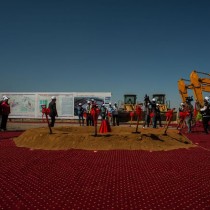


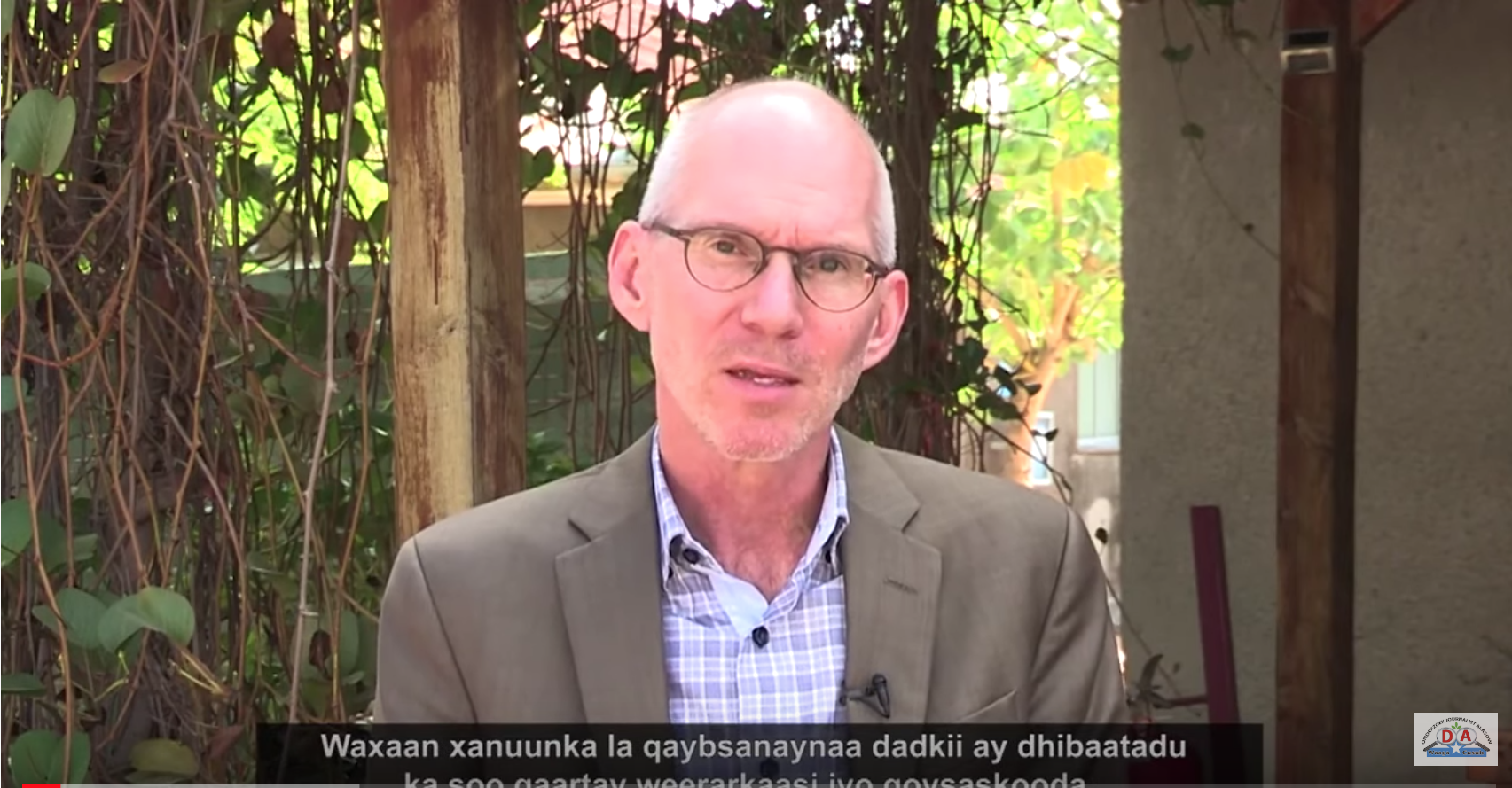
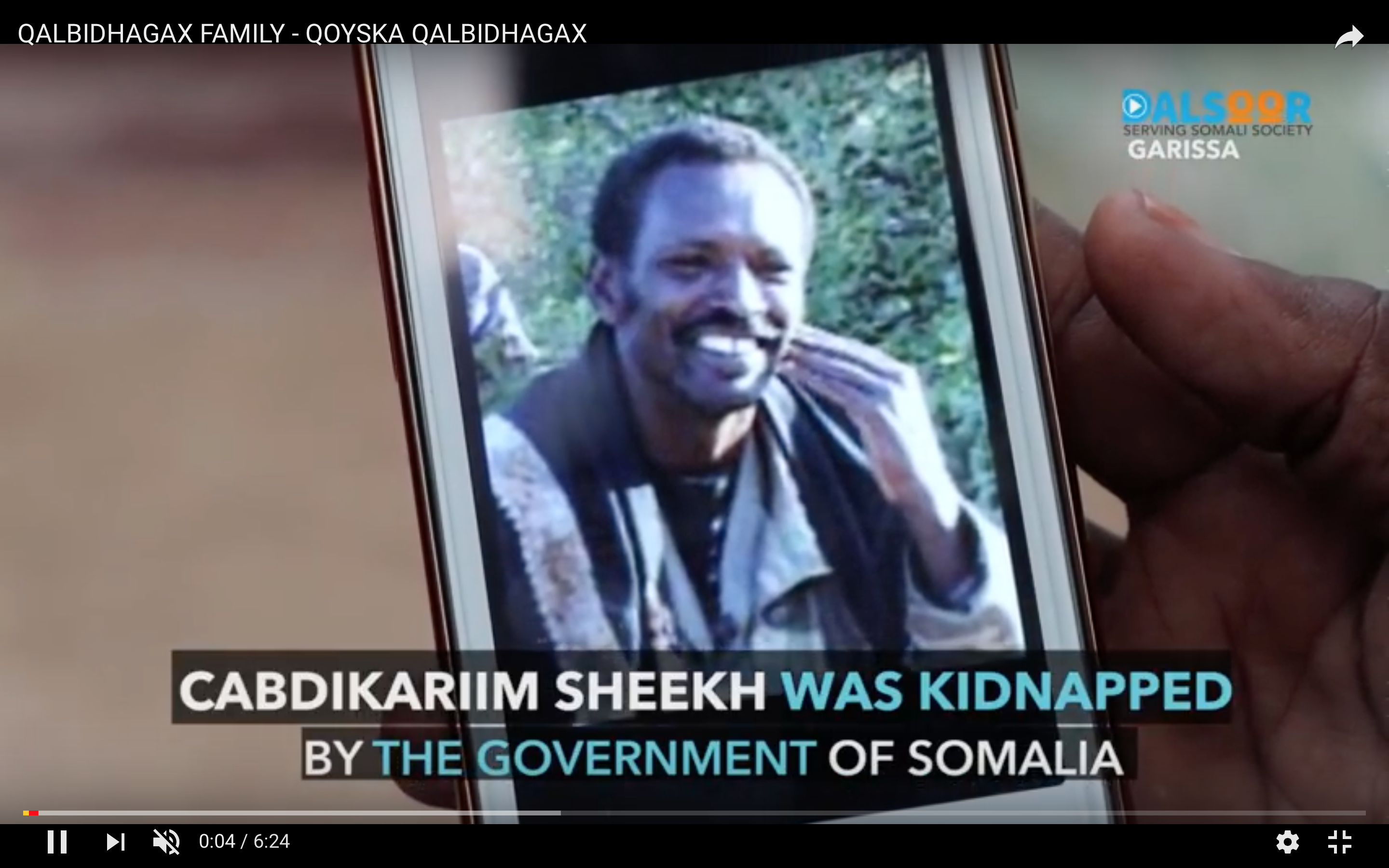
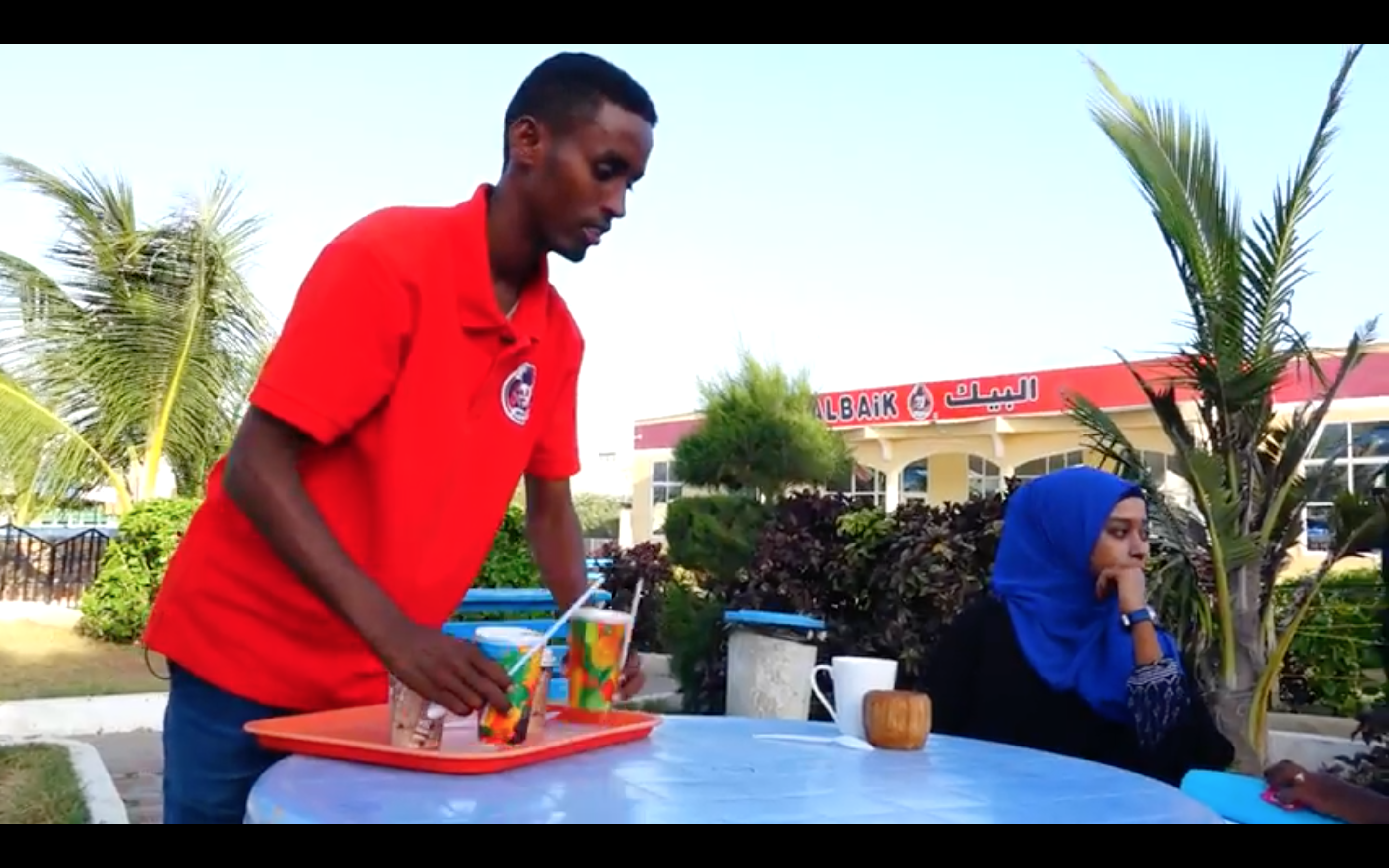
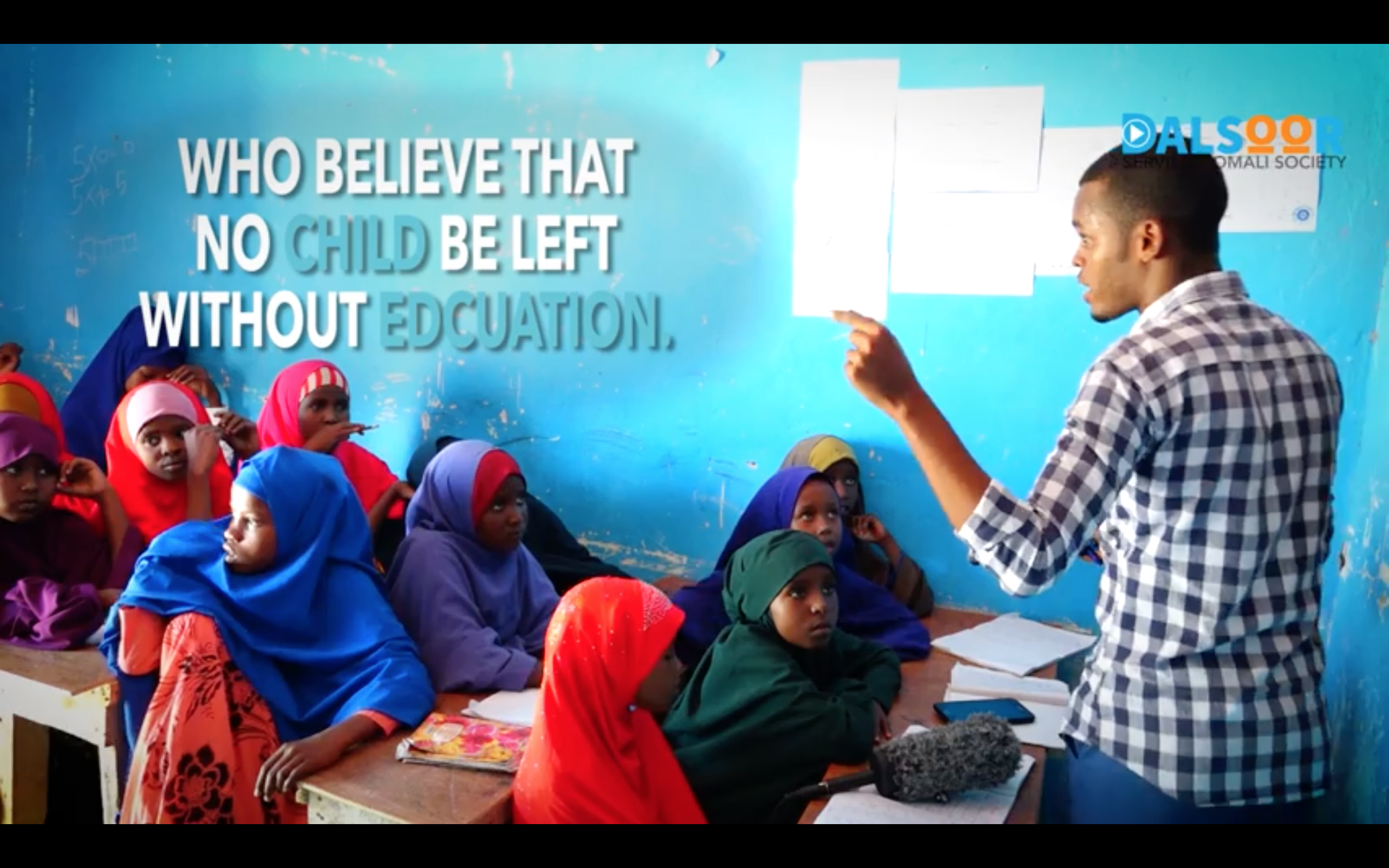
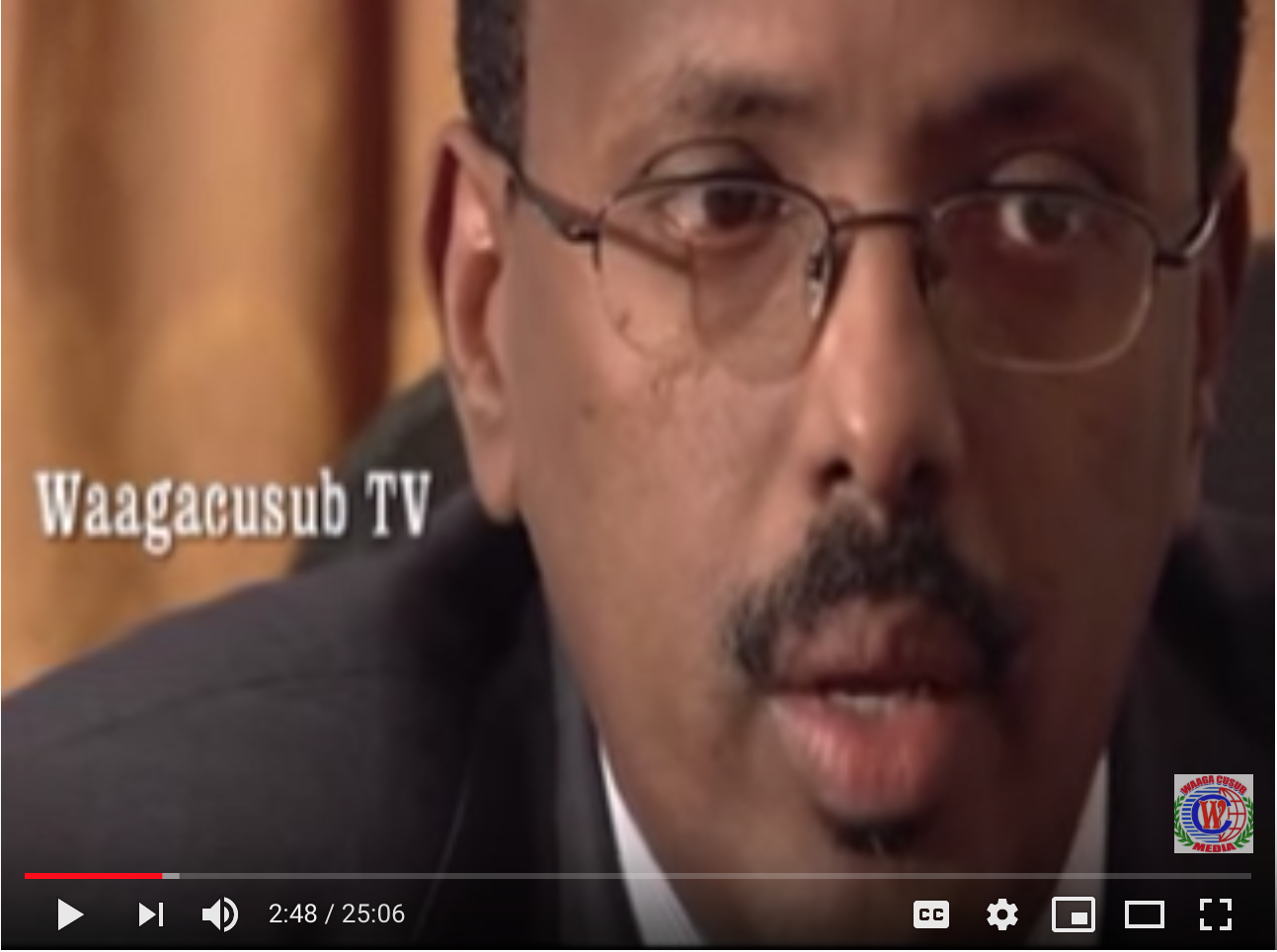

How Ethiopia's New Railway Could Launch an Inclusive Urban Boom
Dire Dawa in eastern Ethiopia is a nostalgic city. Though the old train station is shuttered, each day at noon, its siren still rings out; residents complained a few years ago when the familiar sound briefly stopped.